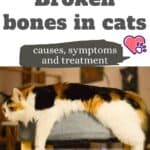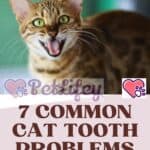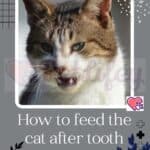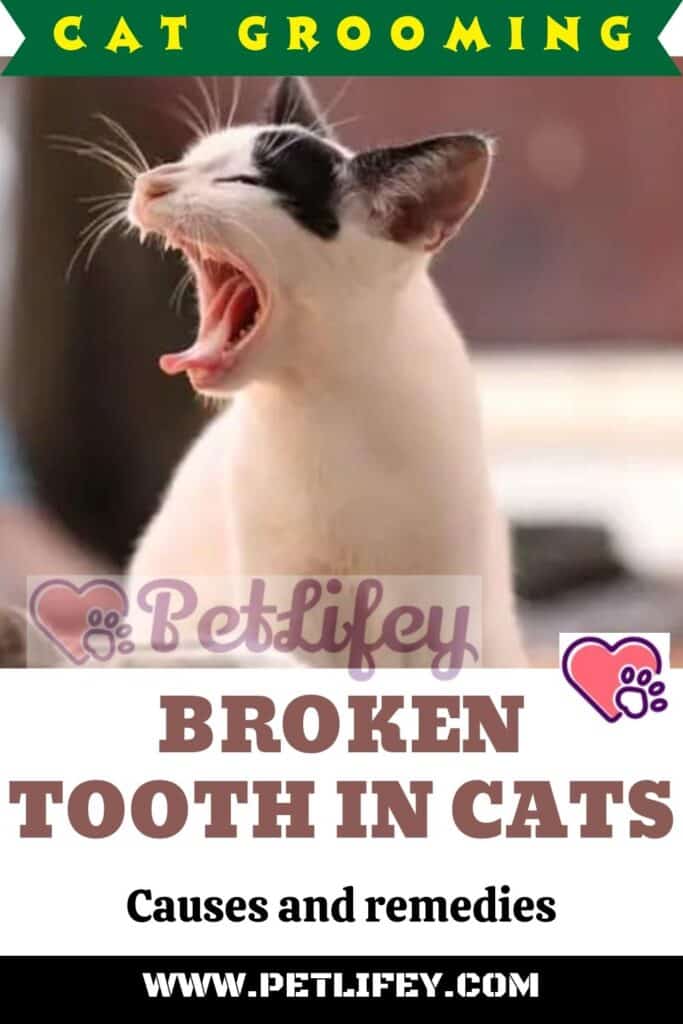
Your cat can’t eat and down and you don’t know what to do? It could be a broken tooth in the cat: what to do to help it.
It does not eat, is downcast and is losing weight: this is how a cat usually appears that has pain in the teeth. One of the most frequent problems is certainly the broken tooth in the cat: feline dental fractures can be of various types. It is important to know the problem to find the best remedy for the dental health of our four-legged friend. In addition, a brief but fundamental mention of prevention: we are careful not to make some mistakes.4
Cat teeth: what they are and how they are made
If we think of the ‘weapons’ available to our cat we will not only think of its claws but also the sharp and pointed teeth, with which it tears the prey. Remember that it is always a hunter, who also uses its teeth to catch its victim. But how many teeth does a cat have? 30!
They consist of a central part, the pulp, which is the innermost part. The latter is lined with a network of tubules, called ‘dentin’, which is a hard bone tissue. Finally, the inner tooth is covered with enamel, which in mammals is particularly delicate because it is thin: and this is what usually breaks when treating a dental fracture.
Broken tooth in the cat: how many fractures exist
We talk about ‘complicated’ or ‘simple’ fractures: the first affect both the enamel and the dentin and the pulp (in short, the whole tooth) and infect the pulp, giving rise to bacterial infections that can irreparably invade the pulp and root of the tooth. In fact, dentin is rather porous, and this favors the ‘passage’ of bacteria.
Simple fractures, on the other hand, concern only a portion of the outermost tooth (enamel or dentin), the crown (upper part of the teeth) and the root.
When the external enamel is broken, the fracture can enter the tissues and reach the root: the cat, therefore, if the problem is not solved in a short time, could suffer a lot from this problem.
How to notice a dental fracture
In addition to noticing something wrong with the external appearance of the tooth, there are also other signals to be grasped that the body of our beloved feline sends us. In the first case, that of visible signs, we find: missing part of the tooth, a visible crack, a lighter color of the fractured tooth than the others.
If we had not yet given a ‘glance’ inside cats mouth, we should do it perhaps after noticing some signs such as:
- lack of appetite
- listlessness
- external swelling,
- hypersalivation,
- excessive weight loss.
Only a dental visit to the veterinarian and an X-ray ultrasound will be able to dispel any doubt about the general state of the tooth, to understand how to intervene.
Broken tooth in the cat: causes and care
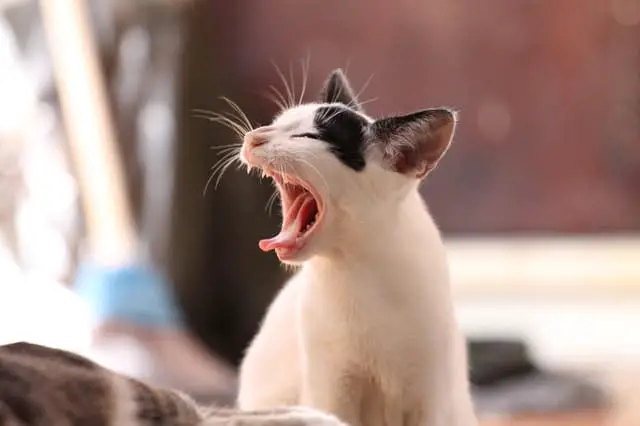
How can a cat break a tooth? It’s actually easier than we can imagine. In fact, although we try to keep it safe from any accident (even domestic), the cat can get a broken tooth even by eating cooked bones, could fall and beat the muzzle, could suffer an act of violence launched directly on the face or a trauma due to the blow of a car etc. In short, unfortunately, the opportunities for a dental fracture are not lacking and it is important to prevent opportunities for danger: also for this reason we try to prevent the cat from escaping from the door of the house.
But what can we do to remedy this? first of all, notice the problem in time: the longer it will pass, the greater the chance that the feline will develop a bacterial infection inside the mouth.
Enamel fracture: the expert will proceed with the smoothing of the tooth, leaving the underlying part unchanged.
Enamel and dentin fracture: a restoration of the ‘central’ part of the tooth is needed, to avoid the onset of infections.
Fracture of the pulp: you can proceed with root canal therapy or extraction. In the first case, the diseased pulp and dentin are extracted, with cleaning and sealing of the part (with a special rubber, called ‘gutta-percha’). Only in severe and irreparable cases do we proceed with the extraction of the tooth, but we tend to avoid it.
We always pay attention to the cat’s dental care. In this way we will avoid numerous problems for the cat and we would also avoid visits and expensive interventions also from an economic point of view.



